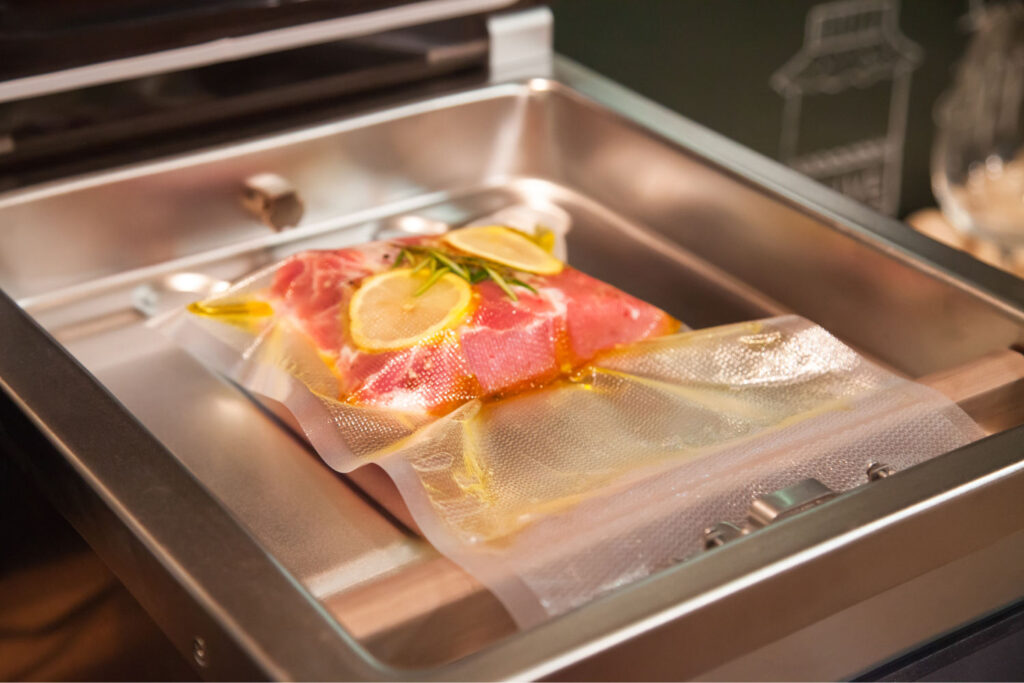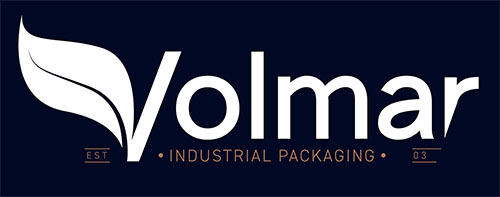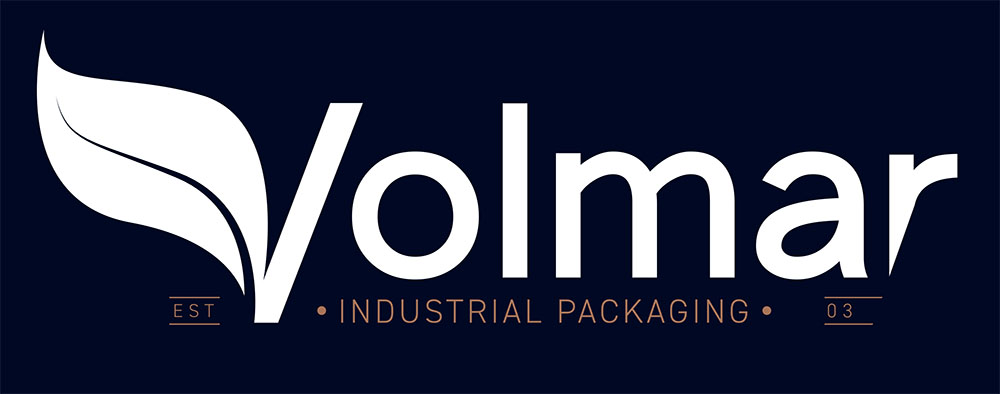
Vacuum packing is an effective way to increase a food’s shelf life and reduce food waste. This technique is often used in the food industry and there are various types of vacuum packaging to extend the food’s shelf life and provide optimal protection.
Vacuum packing food is a practice that is also suitable for domestic food storage, and it uses special machines to remove air from the inside of the packaging. Let’s see how to store vacuum-sealed raw and cooked foods, what benefits this technique offers, how long vacuum packaging lasts and to which food is suitable for.
What is vacuum packaging and what is it used for?
Vacuum packing is a technique that stores food without air in the pack and it requires the use of specific materials. It’s considered a simple storage method designed to slow down the deterioration of food and to reduce the formation and proliferation of bacteria.
Vacuum-packed food can be stored for longer than food packed in traditional packaging, i.e. in the presence of air. This system is suitable for both the storage of fresh foods and cooked foods, you just need to follow certain rules and use the right vacuum-packing equipment.
How vacuum packing works
In order to store food in vacuum packaging, all the air must be removed from the packaging through aspiration, a process that removes the oxygen (around 99.9%) from inside the container. Then, the packaging is sealed to prevent air from entering until it is opened, maintaining the vacuum for as long as it is closed and sealed.
A vacuum packaging machine is generally used to aspirate the air from the packaging containing the product and to hermetically seal it. Various types of packaging can be used: vacuum bags, usually made of aluminum or polyethylene, which match perfectly to the shape of the product inside, or glass or plastic containers.
In order to create vacuum packaging, the food is placed in the bag, put into the machine and the machine is activated. It extracts the air from the bag and seals it with a hermetic seal. There are simpler systems for household vacuum packing but they are also less durable, like containers and pouches with a valve, to remove the air inside with a specific manual pump.
Advantages of vacuum packaging
Vacuum packing food is a technique that offers various advantages:
- It increases the shelf life of food by up to 5 times compared to traditional packaging;
- It reduces the proliferation of bacteria;
- It decreases the size of the packaging;
- It preserves in a more efficient way the food’s organoleptic and nutritional properties;
- It protects the food from burns when it is frozen;
- It slows down the food’s natural oxidation process.
Using vacuum packaging also offers several benefits for agrifood companies, as it extends the shelf life of products and maintains their quality, taste and flavor for longer. Vacuum packaging also protects the food from contamination and deterioration.
How long does it last?
Food shelf life in vacuum packaging is considerably longer than conventional packaging, as the food can be stored for longer without compromising its nutritional and organoleptic properties. For example, meat stored in vacuum packaging can last up to 5 or 6 days from purchase, while in normal refrigerated conditions it stays fresh for around 3 days.
Fish stored in vacuum packaging can also last up to around 6 days, otherwise, it is advisable to eat it within a maximum of 24 to 48 hours. When it comes to vacuum-sealed cheese, on the other hand, depending on how mature it is, it can be kept in the refrigerator for 2 weeks to a few months, while vacuum-sealed cured meats last around 5 or 6 days when fresh or up to 2 months depending on the type of product.
Vacuum-sealed bread can last up to a week, otherwise it needs to be consumed within 2 or 3 days as it quickly loses its freshness and consistency. Moreover, after this time, it starts to deteriorate and bacteria form. Vacuum packing vegetables doubles the shelf life compared to traditional methods, from around 5 days to a maximum of 10 days.
Vacuum packaging for cooked food
Vacuum packaging is also a suitable storage method for cooked food, not just raw food. This system allows recently cooked food to last for longer. After preparing the food, it must be left cooling, then the vacuum packaging can be applied by a special machine before it is stored in a refrigerator or freezer for a longer period of time.
In any case, it’s important to always add a label to vacuum-sealed foods, whether raw or cooked, which describes the contents if they are not easily recognizable and indicates the date on which the vacuum packaging was made. This allows consumers to know within which date they need to eat the food, avoiding health risks and food waste.
Foods that can be vacuum packed
Now, let’s see which foods can be vacuum-packed:
- Fruit (kiwi, strawberries, apricot);
- Citrus fruit (oranges, mandarin oranges, lemons);
- Vegetables (peppers, carrots, tomatoes);
- Fresh meat and fish;
- Eggs and pulses;
- Milk, yogurt and cheese;
- Cured meats;
- Rice and pasta.
In general, many raw and cooked foods can be vacuum-packed. However, for products like coffee, pasta and rice, the vacuum packaging can even last for up to a year, while for perishable foods like cheese and cured meats, the shelf life is shorter.
Volmar Packaging offers dedicated vacuum packaging solutions, from three-side seal bags to for high-quality professional food packaging. Contact us and we will advise which is the best material for your food packaging needs.

